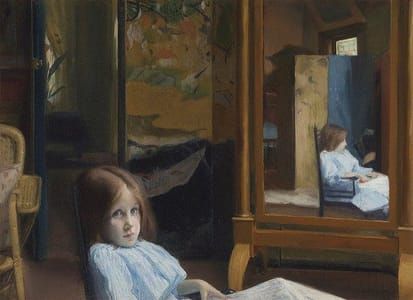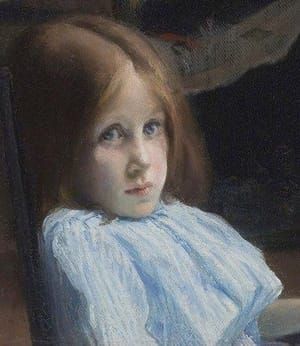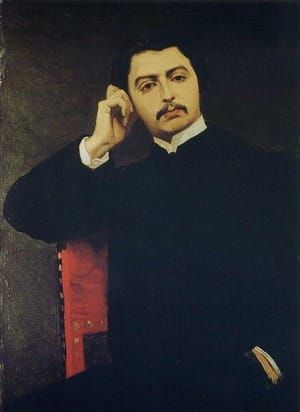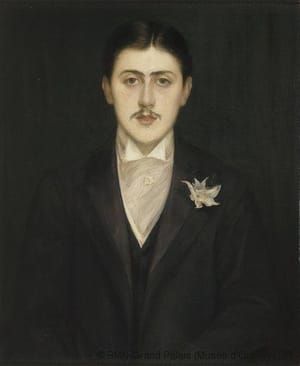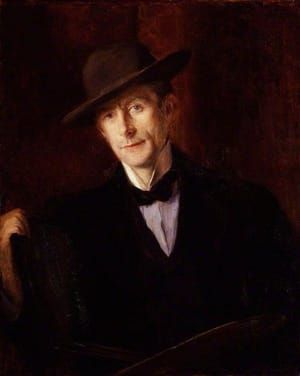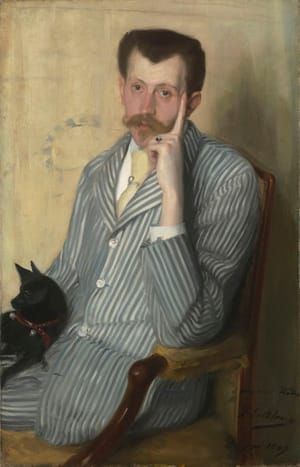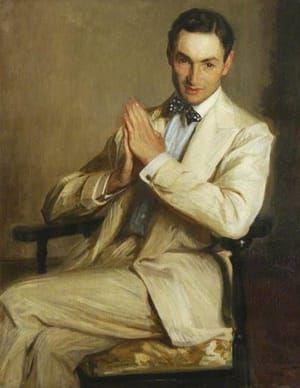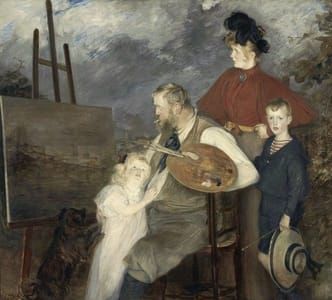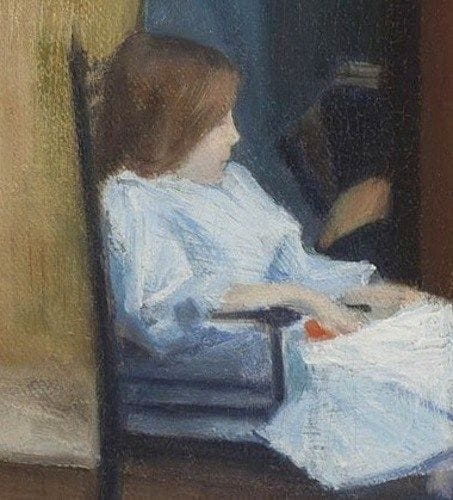

The Girl in the Mirror (Fillette au mirior), 1889
Jacques-Émile Blanche
....sometimes referred simply as ‘The Girl in the Mirror‘ (Fillette au mirior), and sometimes a Psyché; depicted here is some Lucie Esnault, a daughter of his friends.
This is a fairly early work, Blanche painted it in 1889, shortly after he began painting his first works – which makes even more interesting the method he used to depict the mirror here (or rather an entire scene).
We see that in the mirror the girl’s image is very blurry and diffused, in contrast to the relatively sharp figure and her face in the foreground.
This is not how we, people, see the world – our eyes are focused very quickly on the objects at different distances. Despite the face that the air between our eyes and these objects does change the shape and the color of them, our brains manage to compensate it in a real time. That’s why the works of the old masters depict both foreground and background as equally sharp – they painted their works in the same same they saw the world.
But smartness is a rare thing in the world, and even the best cameras start "lying", and show sharply only the objects at the same distance from the lens (in the focus) – unless one makes special efforts to manage the DoF, Depth of Field (but then there is a trade off with shutter speed, meaning that you would need to shoot relatively stable objects). Not surprisingly, when photography was invented, and some painters began to use it, their pictures also began to show these visual effects (I wrote about these things in my piece about Breitner, for example).
I do not know if Blanche used a camera when creating his works; probably not (the photograph of one of his sessions above shows that he painted his works in quite a classical manner). Another explanation is that the mirrors were still of perfect quality, and the reflections did get blurrier when looked from a distance. In any case, the method of depicting the mirrors in this way was apparently very successful, and later Blanche almost always used it.
...but I think that the mirrors, and the way they are depicted, do play an important role in creating a very characteristic atmosphere in these paintings.
I also believe that Blanche should have been familiar with the Alice in Wonderland (and more importantly, with Through the Looking-Glass – the latter was published in London in 1871 and became famous very quickly). I can’t confirm it now, but I suspect that this motive, of a sleeping girl near a mirror, could have been inspired by the Carroll’s book.
(https://artmirrorsart.wordpress.com/2013/12/29/1231/)
Uploaded on Jul 6, 2017 by Suzan Hamer
Jacques-Émile Blanche
artistArthur
coming soon
